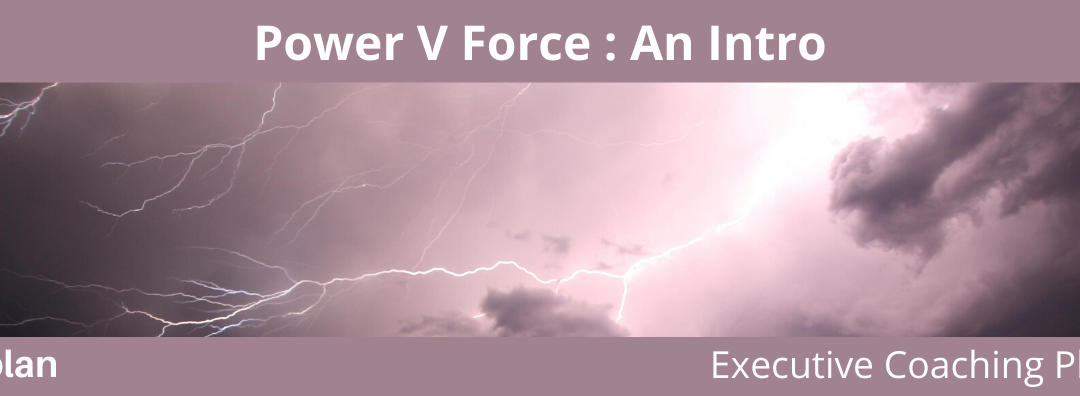Power v. Force: The Introduction
“Force always creates counterforce, its effect is to polarize rather than to unify. Polarization always implies conflict…inevitably it produces a win-lose dichotomy and because somebody always loses, enemies are always created…force requires constant defense.” (David Hawkins, M.D. Ph.D.)
It’s been 15 years since I read Dr. Hawkins’ first book, Power versus Force: The Hidden Determinants of Human Behavior, and the concept has stuck with me since. Physics teaches us that force automatically creates counterforce, and Dr. Hawkins claims that power stands on its own.
Have you had an argument where one of you stopped amidst the yelling and admitted, “You’re right. Now that you’ve raised your voice and pointed out how it’s all my fault, I agree with you and will change.” Let me guess, no? That’s because force is always met with counterforce. When you feel judged, challenged, blamed, or attacked, your ego is likely triggered. The ego lives to defend itself, is hypersensitive to criticism, and loves a party. Fighting is its hobby, and it always meets force (a perceived threat) with counterforce. Imagine a heated argument you’ve been a part of: it’s likely that emotions fueled the fire, stress eliminated mental precision, and winning was the only goal.
The ego’s response lacks emotional distance, strategic clarity, and a win-win mindset. The ego sees everything as a zero-sum game and will risk you being worse off in order to defend its self-righteousness.
David Hawkins states, “Power is unassuming; force is arrogant. Power attracts; whereas force repels. Power serves others; force is self-serving. Power always results in a win-win solution; force produces win-lose situations.” You might never stop mid-yell in an argument to surrender, but perhaps you can avoid the argument altogether by approaching the other person with power instead of force.
